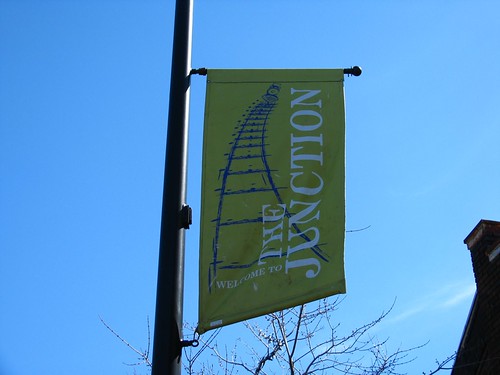
I had decided to celebrate the first seriously warm day of the year by taking an extended walk with my dog. I have been looking for different ways to explore this City of mine and decided to try my feet on a [murmur] walk. [murmur] is a series of self-guided audio/phone walks that explore the oral histories of a particular neighbourhood from those who have lived or had unique experiences within them. I first noticed a [murmur] sign on a trek through Kensington Market last summer and not having a phone on me at the time to check it out, I visited their website when I got home at the end of the day. [murmur] is set up in a few locations around Toronto and in a few other Canadian cities and international venues as well. It’s completely free and all you need is a good pair of walking shoes and a cell phone. A neighbourhood is chosen and throughout it, at random sites, signs in the form of green ears are posted inviting you to call, enter a pin number (listed on the sign) and hear an account about the specific location where you are standing. There is more than one story with each location and you can choose to listen through all the stories. On the website for each neighbourhood there is a map you can print off, if you choose, and you can also listen to the oral histories directly on the website. You can choose to walk around and listen at each post or just listen randomly as you come across signs. You are also provided an opportunity to provide your own reflections if you have lived or have otherwise been influenced by the areas featured in the tour. I can't think of a more unique way to gain some insight that you might not normally get by reading a historical plaque or browsing through some media source or local archive. This reeks of awesome high school history assignment and I am hoping beyond hope that there are a least a few teachers taking advantage of this fantastic resource. My curiosity on it had been peaked for some time and with the weather finally on my side, I decided to try it out.
Eight Toronto neighbourhoods and the Reference Library are currently featured through [murmur]. I chose to try out The Junction. I live very close to this neighbourhood and often drive through it. Every time, I would think that there were some things I would like to get a closer look at, but it's always been pushed to the back of the priorities list. Now that I have some food allergies, there are some bakeries and restaurants here that can cater to my new diet and provide me with an excuse to visit and hang out here. It was time to get to learn this neat little place intimately.
I printed off the charming hand-drawn map and plotted out my route. Red dots on the map indicated where I would find signs. I chose to start at the corner of Runnymede Road and Dundas St. W., since that was closest to me. The map showed that there was a sign right there, but I couldn't find it. That wasn't a [murmur] issue though, rather it was an issue with my own observational skills. By looking at the map and and having some sense of the distance I would have to cover based on frequent drive-throughs of the neighbourhood I figured it was going to take me some time to cover all the stops, and since I could listen to them on line, I figured I was going to be okay if I had to skip a few or couldn’t find any. I headed straight for the next stop on my route.
I headed north along Runnymede and then turned right at Maria St. making my way eastward. I spied the tell-tale little green “Ear” a little way up the street and made my way towards it. I'm not going to give away too many details about the histories. The folks at [murmur] have done a lot of hard work and fabulous job at putting this together, and I would encourage everyone to give it a try themselves or at least listen to them on the website. Besides, a story is never properly told second hand. I did get a very good taste of the charming anecdotes that were in store for me, many told by life-long residents of the neighbourhood. A fun little tidbit here that I did pick up was the proper pronunciation of this street. It's not Maria, as you would normally pronounce it when spying on the word, but Mariah. I decided to listen to just one story at each stop and then continued on to Gilmour Ave., turning south and back to Dundas.
The Malta Bake Shop is the next stop on the tour. This place is a little bit of a local institution, offering a delight called pastizzi that everyone seems to rave about. I suspect that it's not gluten-free, otherwise I would have tried it and reported back on it. The Junction embraces "Little Malta" within its boundaries. There were a number of waves of Maltese immigrants into Canada from 1826 onwards and the majority of the Toronto newcomers settled here. Upwards of 8,000 Maltese immigrants and their descendants lived within the Junction bounds by the 1980's, but as often happens when a community becomes more integrated with its new country and culture, most have moved on. Traces of their impact and presence can still be found throughout the Junction.
I cross Dundas southwards along Gilmour Ave. and find the next stop at the corner. It caused a little bit of pedestrian impoliteness as, while in the process of dialing the number, I was in the immediate way of someone trying to access the pedestrian light button to request a light change. Oops. A few minutes to listen and then head south along Gilmour to find the Malta Park. This is when I figure out the [murmur] map is really only a rough aid and is not to be taken too literally. The park is actually further east along Dundas than what is indicated on the map.
The tour takes one several blocks eastward along Dundas before there is another stop. As you pass Clendenan Ave., you begin to see the signs of gentrification that have recently hit this neighbourhood. Trendier shops, cafes, restaurants galore, new building and restoration are all making their mark on the neighbourhood, rapidly changing and renewing the urban landscape. One can hope that it doesn't change too much though, there is a certain charm in the crumbling facades that adds a distinct character to this portion of the city.
Two more stops relate experiences of a shop owner in the area and tell a brief history of the Avenue Hotel, now a Dominos Pizza. I turn right at Pacific Ave. and continue further south.
Pacific Avenue is notable for an old racetrack, the Carlton Racecourse, that once existed in the area, which was home to the first Queen’s Plates. A stop here gives a brief run down on the history of the track. Now the two long sides of the track are short residential streets, sided with tract, duplex housing, as is much of the neighbourhood.
The [murmur] map will direct you eastward on Annette St. There is an indication that an “Ear” is to be found near the old Victoria Royce Presbyterian Church, which is now being converted into condos. I did my best to locate it but could not find it. Perhaps it was temporarily relocated because of the condo construction or perhaps it was just my little unobservant self. The church is a beautiful building and I am glad that it is being converted as opposed to being torn down. As you wander along the tour you find a large number of churches and temples reflecting a variety of religions and emphasizing the importance of faith among the members of the community.
The next two signs were on the south side of Annette Street in roughly the same area. I should have crossed the street at Pacific Avenue, where there were street lights, but instead attempted to cross at Medland Ave. That was a risky venture as the traffic volume is surprisingly high, and it is a crossing that takes some careful timing and patience. At Annette St. and Pacific Ave. lies a small Masonic Temple. I haven’t been able to gather a lot of information about it, but it would appear that this Temple is the home of the last pipe organ to be found in a Masonic Temple in Toronto. Also here is the Annette St. public library. This is the second oldest building in the Toronto Public Library system. It’s a very lovely little building with lots of ornate detailing. Continuing further east on Annette St. is featured a short history on Dr. Minerva Reid, founder of the Woman’s College Hospital.
At Keele, I turned north. This stretch between Annette St. and Dundas is primarily service buildings. A college, provincial building, postal distribution centre and firehall all line this small portion of the street. The Mechanics Hall can also be found here. It’s early days saw it as a meeting place and reading hall for African Canadian males, most of whom worked with the rail lines. There was no mention of it at the [murmur] stop vignettes featured here. This hall helped to raise funds and donate books for the Annette Street Library and a historical plaque outside the library commemorates their contribution. Outside the firehall across the street can be found the first fire-alarm bell for the firehall. Well-patinaed, the engraving on the bell is pretty much indecipherable. Another stop at the corner gives a chance to look around. Further evidence of transformational regeneration here is spied in the shape of restorations and construction of residential towers. I wonder at how this community will deal with the large, sudden influx of new residents.
Close to this corner can be found a large Salvation Army building. While no longer offering services from this building, it is still maintained as a church. The Salvation Army has had a presence in this location since at least 1912, although this building is obviously much more modern.
Its is a long stretch eastward to the next stop, which brings us to one of the most crazy intersections to be found in the city. Here converges Dupont St., Dundas St. W., Annette St. and Old Weston Road. The pedestrian crossing on the east side of the intersection is the easiest, although it requires a two stage crossing at the middle of the street with a narrow pedestrian island as there are two separate lights. The west side is for the more adventurous and I am very surprised that it is even allowed. Especially across Dupont, which is merging from a ramp and drivers have a very limited view until they hit the intersection. There is only one [murmur] stop here on the north side of Dundas with vignettes concerning life around the rail industry. Railroads define the Junction; a rough triangle in shape, the Junction is bounded on all sides by rail lines and its very name belies how important the industry was to the the area.
It is a long walk back towards the west. We want to find Hook Ave. and the map indicates that Hook will meet up with Dundas but that’s a little misleading. You’ll actually want to look for Watkinson Ave, following it north for a short block until you reach Hook Ave. Here is yet another quaint street of duplexes, but it is interesting because if most clearly reflects the gentrification of the area, with older duplexes lining the south and new ones on the north. Every available bit of space is used here and houses back right up against the rail lines. Trains still rumble through and whistles blow frequently, a constant reminder of the important industry that defines this community. I was unable to get the code to work at the [murmur] stop here and the website does not yet have any stories posted, but I would still recommend walking through this quiet, cozy little section. Continuing through past Indian Grove Road, I was uncertain at first if I would be able to do the next part of the tour from that direction. New construction was blocking much of the road and I was uncertain if I would be able to navigate it. I pushed through and no one bothered me or prevented my passage.
The tour then encourages you to turn south down Heintzman Ave. A short stop plays a vignette about the Heintzman Piano Company which was formally located here. I had no idea that these pianos were made here. I take piano lessons and all of the uprights at my school are old Heintzmans that were probably all constructed on this street. A couple of Heintzman family members provide reflections on their own family history, the factory and the community.
I followed the tour north on Keele street, turning eastwards on Junction Road. Here I had difficulty following the tour. This is a more industrial area. Even with my dog as companion, I wasn’t exactly feeling comfortable. Despite the small, narrow streets, traffic was heavy. None of the streets are clearly named so I had difficulty determining my next turn off. Then I couldn’t find the next “Ear”. I gave up and decided to continue on, since I could hear the reflections on the website anyway. There is another stop that appears here on the printed map (and there are several others north of here on the website map which don’t appear in the print off) but I know that area well. There are a number of big box hardware stores that I have to pass, including a busy intersection that services them and with my dog in tow, I really didn’t want to bother. I was getting crunched for time as well as I had to head home to greet my children from the school bus. I headed back south along Keele and then turned westward on Dundas.
There are a number of stops along this stretch, highlighting various aspects of life in the Junction including some of its more colourful characters, street life, grocery stores and shopping and theatre. There are a number of cool little shops around here and also Rue Morgue House of Horror, notable for its glossy publication of horror industry news, as well as organizing horror film nights, expos and one of the more popular Halloween parties in the city.
Turning north on Clendenan Ave., I revisited Maria Street, this time to check out the Knesseth Isreal Synagogue, the oldest synagogue built in Ontario still in use for its original purpose. Stately and quiet, it sits unassuming in its neighbourhood and gives an insight into the people who once lived here and shaped this community. I turn south on St. Johns Place and back to Dundas.
Returning to the start, I was able to locate the first [murmur] sign that I had missed when I started the tour. All in all it was an enjoyable outing that not only took me through the more obvious core of the neighbourhood but also along some of the hidden secret treasures that are not so obvious but obscure and otherwise forgotten. The tour reflects not as much the recorded history that can be found on the books but rather utilizes the quiet memory and living history of the individuals who call this unique place home. The Junction was an incredibly friendly neighbourhood. It was obvious to many what I was up to and many made a point to give me lots of room or move out of my way to look at the codes on the signs. I received warm hellos, smiles and polite small talk; my pup was happily greeted. It made for one of the most enjoyable afternoons I have had in a long time, and I will definitely be walking the Junction again. I highly recommend a stroll through the city listening closely for any [murmurs] along the way.
Useful Information:
- Duration of Walk: It took me about three hours to complete the walk and there was one section that I skipped. There were several places where I had difficulty finding the signs and back-tracked a few times to locate them. I am also very short so I factor that in my walk times as well. Each story is short a couple of minutes long at the most, but I also only listened to one at each location. I took a large volume of pictures as well. I honestly believe that it should take about two hours to complete this walk.
- Difficulty: Moderately Easy. There are a few steep hills and also one difficult intersection to negotiate. The section with the hill can be avoided and the intersection at Dundas and Dupont can be approached from the Northside, crossing at Keele and Dundas instead. Otherwise this is fairly flat terrain. It is a long walk so takes some endurance to complete. There are plenty of cafes and restaurants along Dundas if one needs to take a rest. I cannot vouch for accessibility for individual establishments.
- Parking/Getting There: There is Green P Parking available at the corner of Dundas and Runnymede and on Pacific Ave. and Keele St. I would recommend parking on Pacific or Keele as the Runnymede location is a very small tight lot. Lots of parking at the other two locations. TTC route 40 runs through this area along Dundas Ave. W. and it can also be accessed from Runnymede subway station by taking the 71 or 79 north, from High Park station by taking route 30 north or from Keele subway station by taking routes 41 or 89 north.
- Washrooms: There are plenty of cafes to stop in, but be polite and buy something.
- Local Coffee Haunts: Lots of chains and independents. Tea shops too.
- Safety Factor: Good. There are tons of people about.
- Special Gear?: A good pair of sneakers works. Dress for the weather.
- Suitable for Dogwalking?: Absolutely!

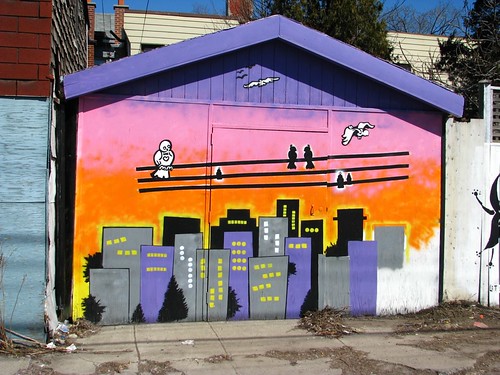
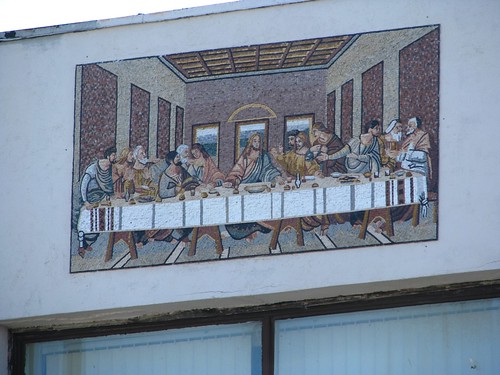

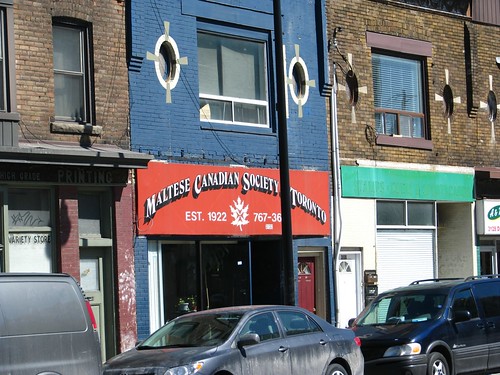
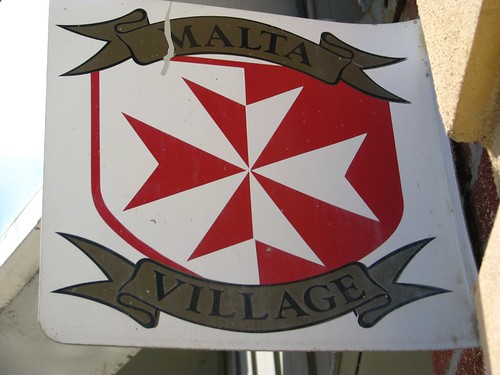
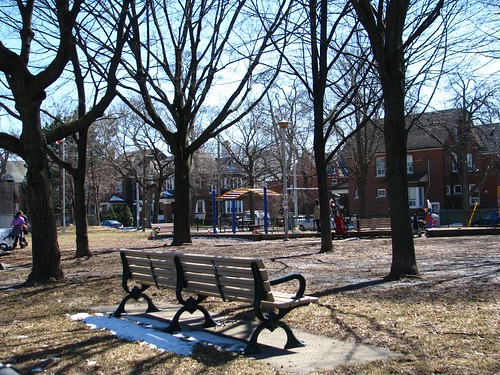
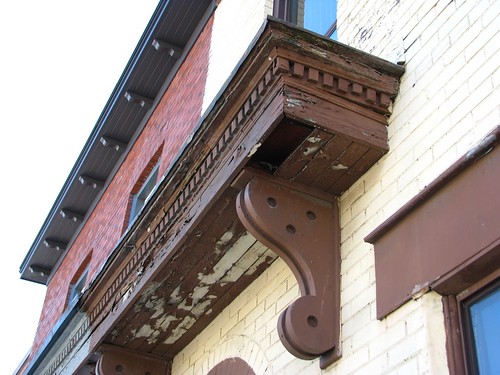
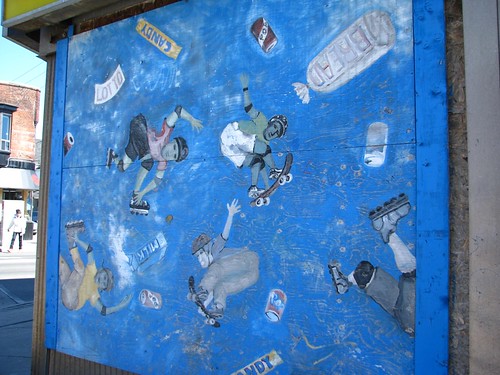
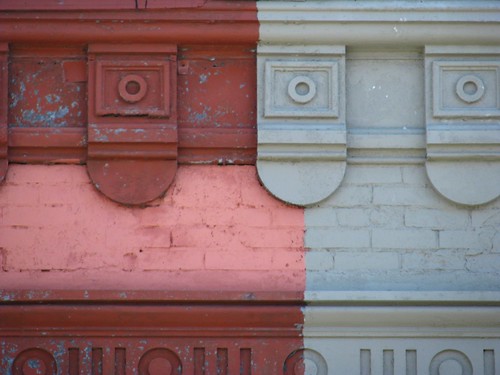

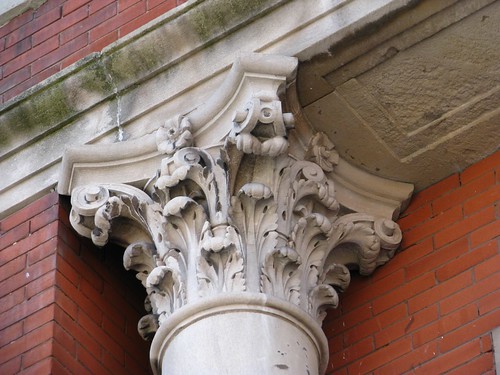
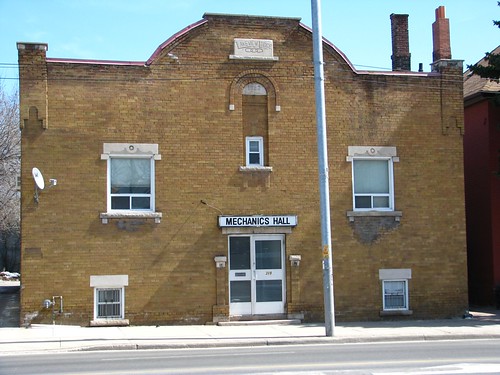
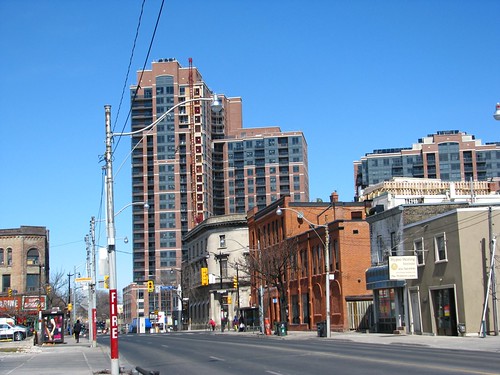
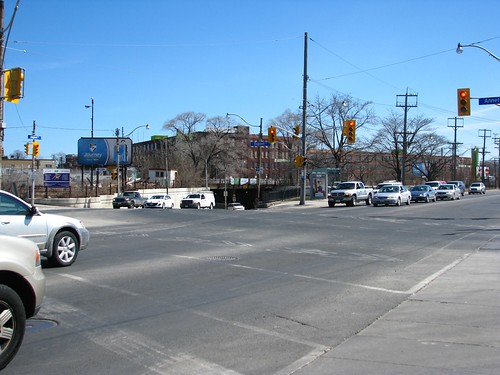

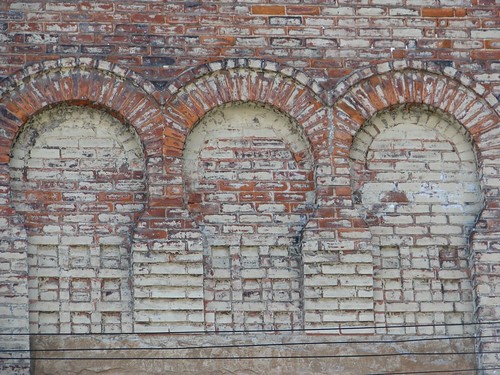
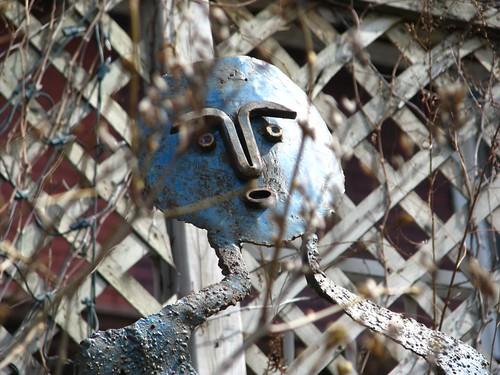
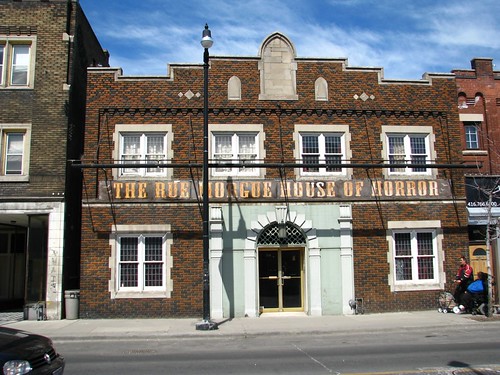
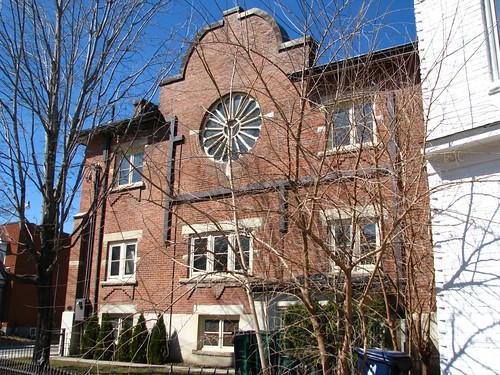
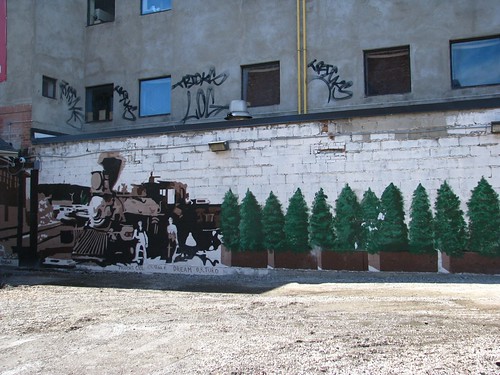
Hi there Jacqueline! I stumbled upon your blog while looking up Junction stuff. May I reach you by email? Thank you kindly!
ReplyDelete-Anita.
Sure - there's a little email button at the bottom of the blog entry that will get to me. :-) Jacqueline
ReplyDeleteYes i am totally agreed with this article and i just want say that this article is very nice and very informative article.I will make sure to be reading your blog more. You made a good point but I can't help but wonder, what about the other side? !!!!!!Thanks Toronto Party Bus
ReplyDelete